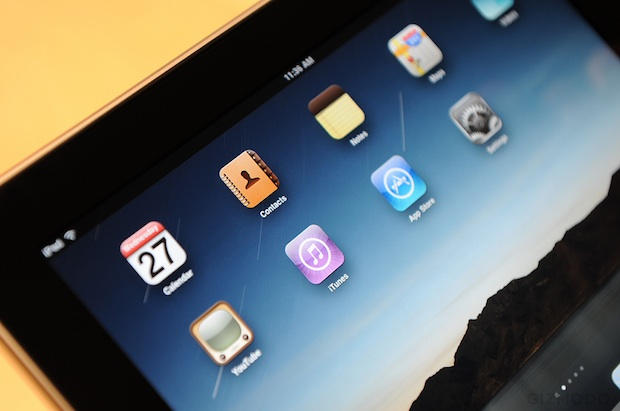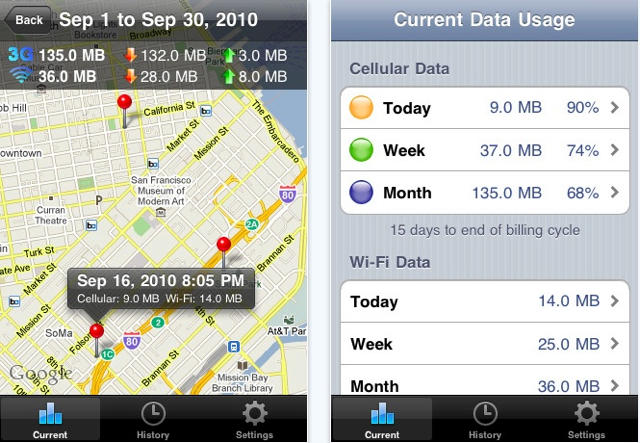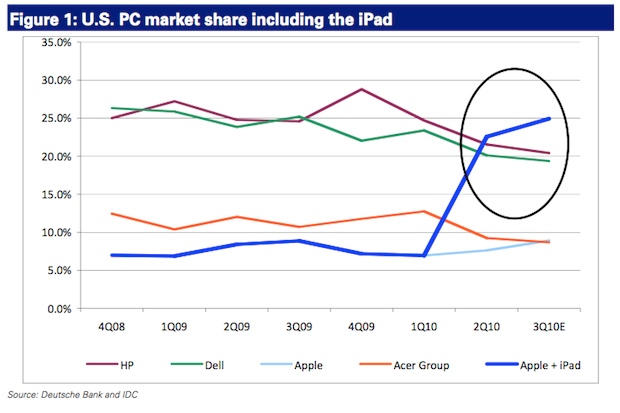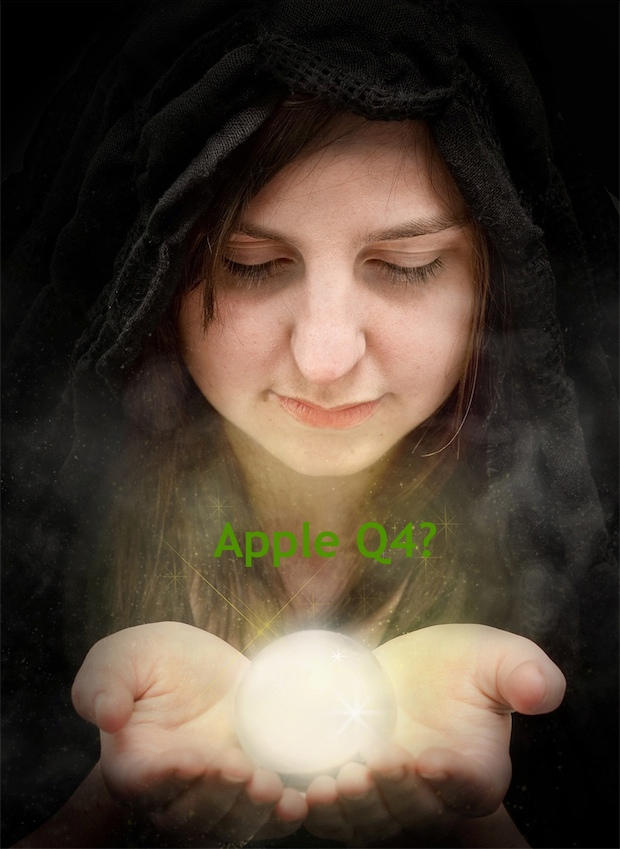AppBackr was launched this week as an invitation only beta. The service offered by AppBacker, Inc. of Palo Alto, California offers iOS app developers a new way to get cash advances for future app sales. Developers earn these advances by selling their apps wholesale to buyers via the AppBackr online catalog.
The return on the buyer’s investment depends on whether or not the app sells well. This sounds risky for the buyer, but not necessarily since they are expected to promote the app in magazines, blogs, etc. or they might just hire a good public relations firm to help.
Therefore AppBackr provides three very important services to app developers that are not very easy to come by: marketing, financing, and an online wholesale sales catalog.
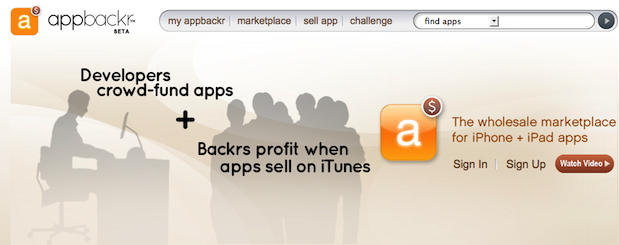

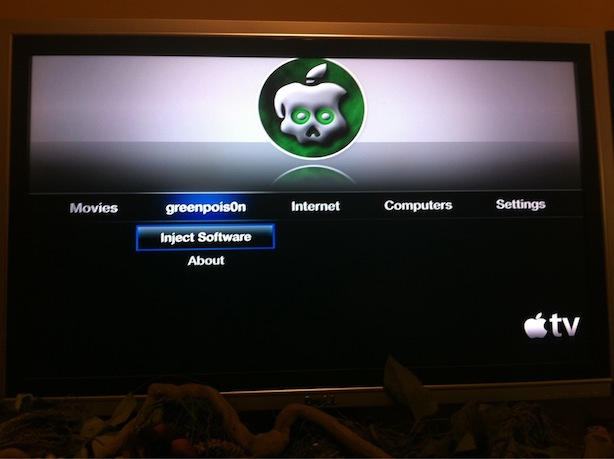

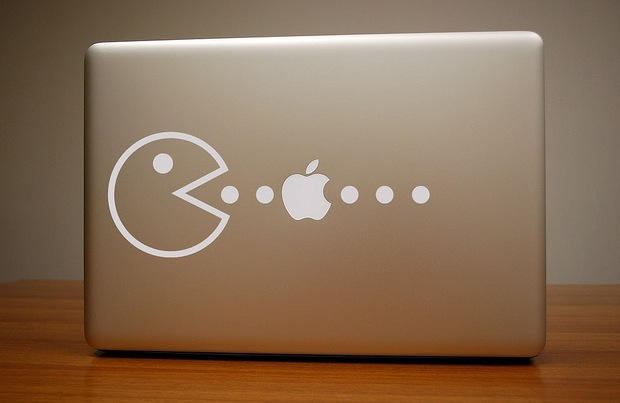
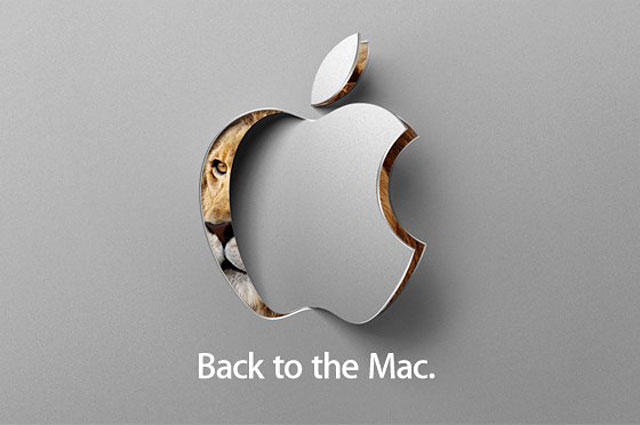
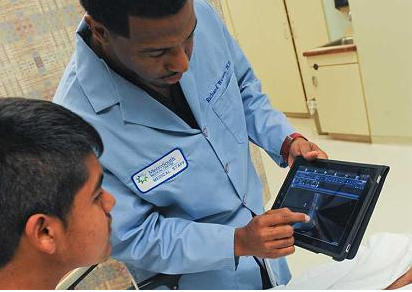


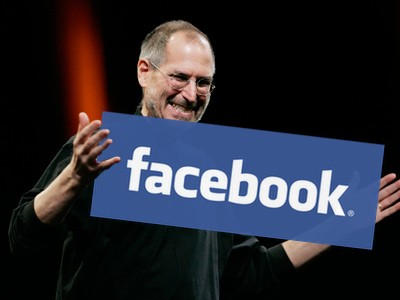
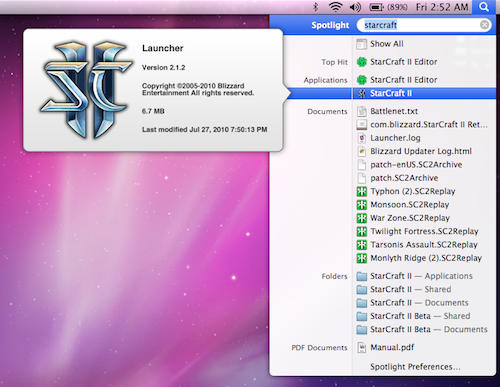
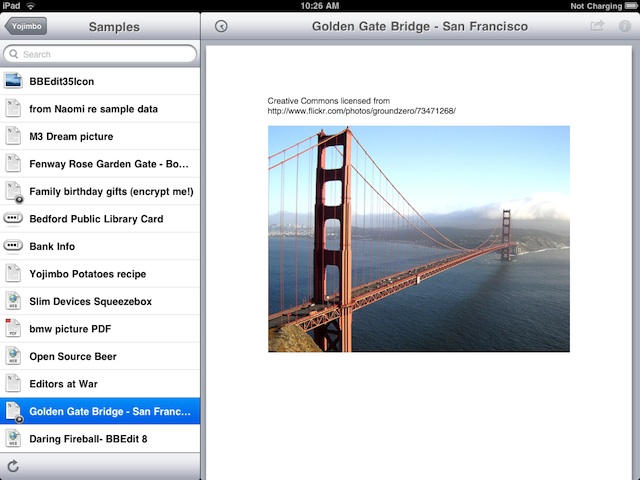
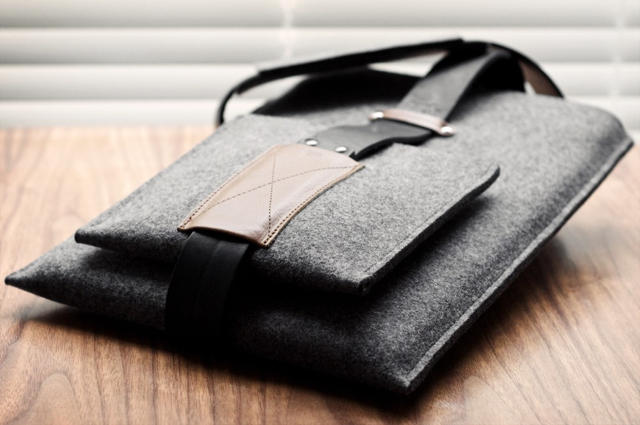
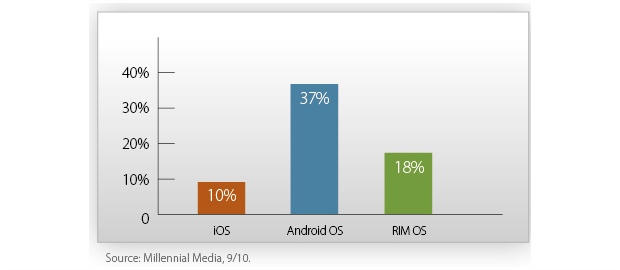
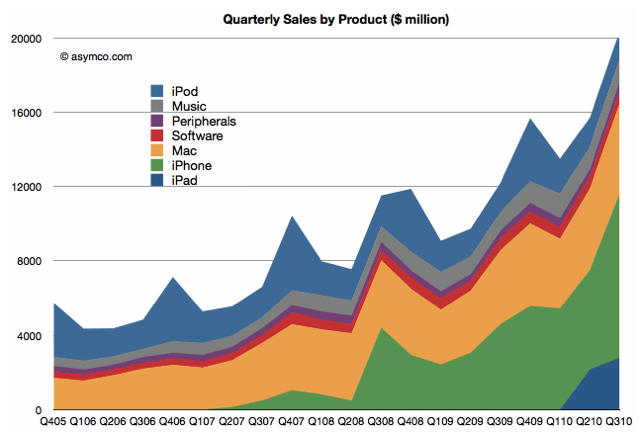


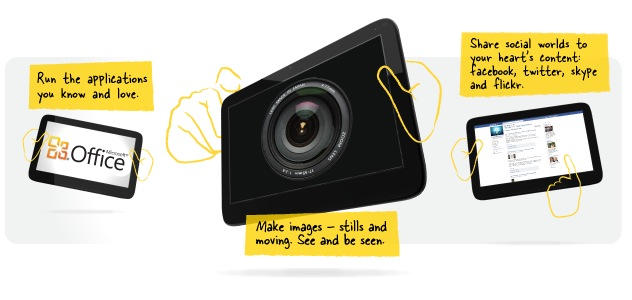
![What Steve Jobs Is Talking About When He Touts “Integration” [Book Chapter] CC-licenced photo by richdrogpa - http://flic.kr/p/7D9ziS](https://www.cultofmac.com/wp-content/uploads/2010/02/Steve_Jobs_portrait.jpg)
